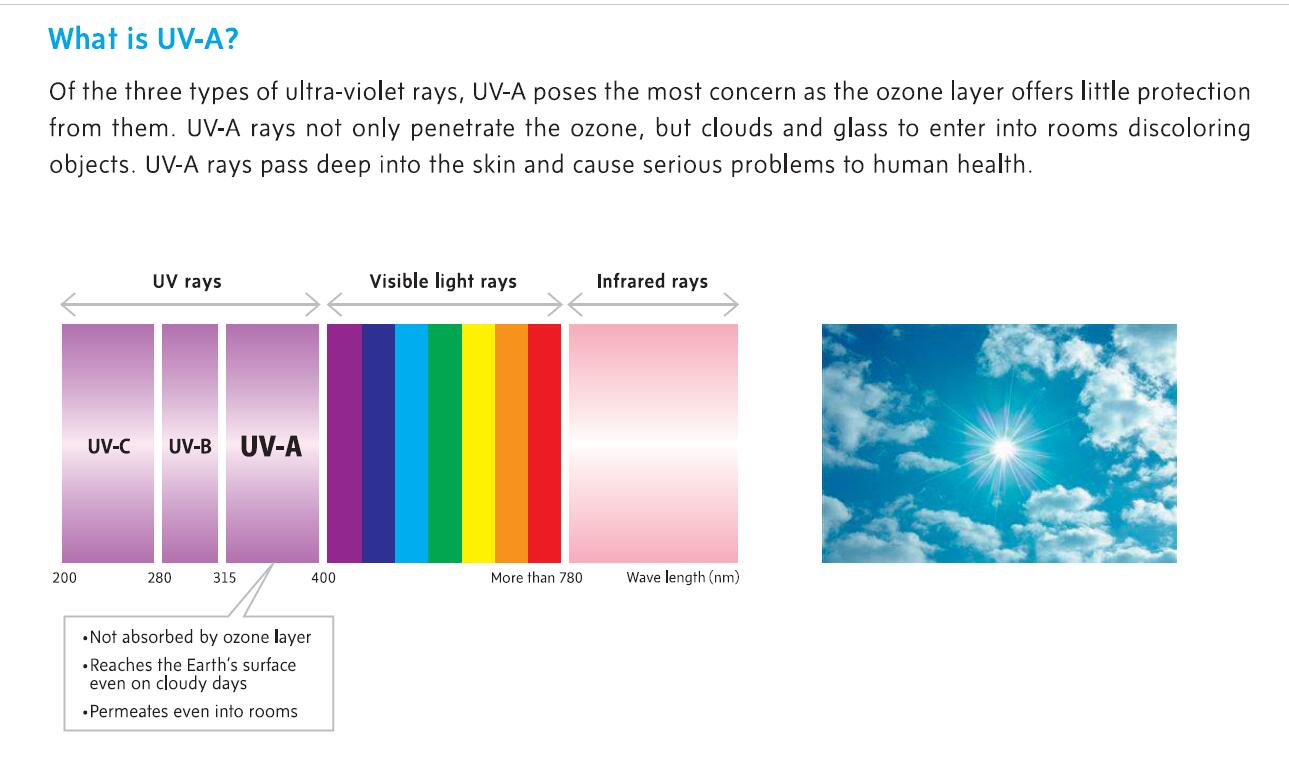Young’s modulus, which is also known as the elastic modulus, is a mechanical property of linear elastic solid materials. It defines the relationship between stress (force per unit area) and strain (proportional deformation) in a material.
A solid body deforms when a load is applied to it. If the material is elastic, the body returns to its original shape after the load is removed. The material is linear if the ratio of load to deformation remains constant during the loading process. Not many materials are linear and elastic beyond a small amount of deformation. A constant Young’s modulus applies only to linear elastic materials. A perfectly rigid material has an infinite Young’s modulus because an infinite force is needed to deform such a material. A material whose Young’s modulus is very high can be approximated as rigid.[2]
A stiff material needs more force to deform compared to a soft material. Therefore, the Young’s modulus is a measure of the stiffness of a solid material. Do not confuse:
stiffness and strength: the strength of material is the amount of force it can withstand and still recover its original shape;
material stiffness and geometric stiffness: the geometric stiffness depends on shape, e.g. the stiffness of an I beam is much higher than that of a spring made of the same steel thus having the same rigidity;
stiffness and hardness: the hardness of a material defines the relative resistance that its surface imposes against the penetration of a harder body;
stiffness and toughness: toughness is the amount of energy that a material can absorb before fracturing.
https://en.wikipedia.org/wiki/Young%27s_modulus
